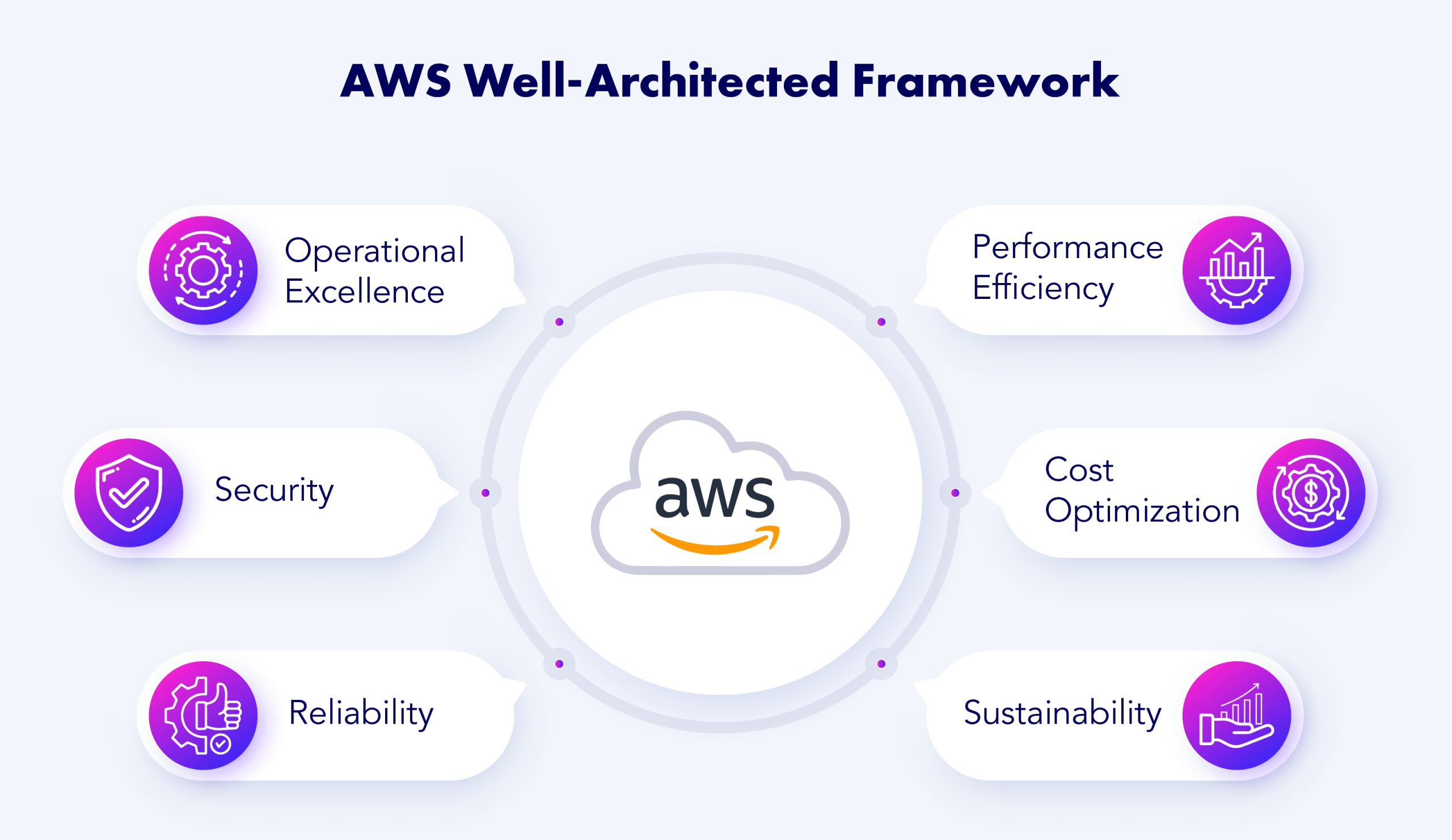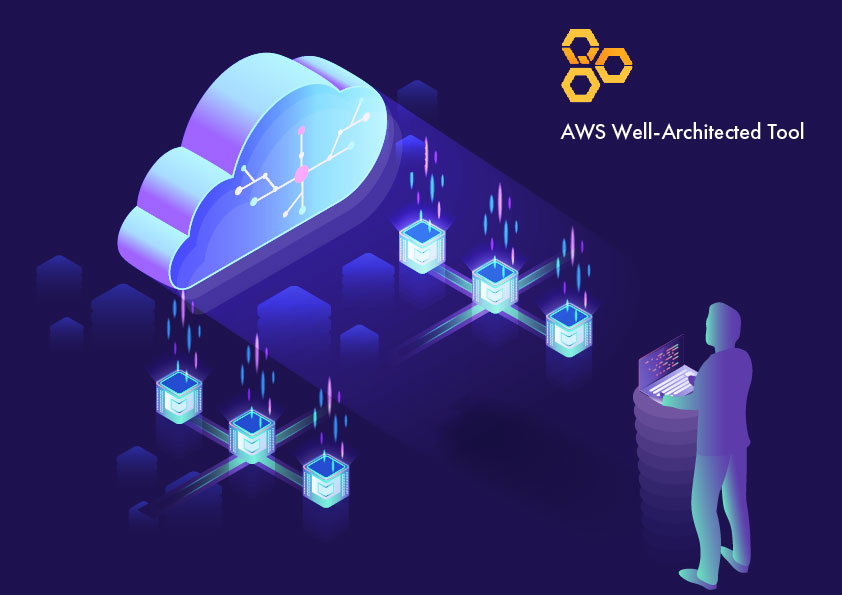The AWS Well-Architected Framework is a strategic guidance tool for building and operating secure, efficient, and resilient cloud infrastructures. It presents six key pillars that encapsulate best practices and design principles, essential for cloud architects and developers to understand and implement.

Operational Excellence
This pillar emphasizes the need to run and monitor systems to deliver business value and to continually improve processes. Key design principles include performing operations as code, making frequent, small, reversible changes, refining operations procedures frequently, anticipating failure, and learning from all operational failures.
Security
The security pillar focuses on protecting information, systems, and assets while delivering business value. The principles here involve implementing a strong identity foundation, enabling traceability, applying security at all layers, automating security best practices, protecting data in transit and at rest, keeping people away from data, and preparing for security events.
Reliability
The focus here is on the ability of a system to perform its intended function correctly and consistently. It involves automatically recovering from failure, testing recovery procedures, scaling horizontally to increase workload availability, stopping the guessing of capacity, and managing change in automation.
Performance Efficiency
This pillar focuses on using computing resources efficiently to meet system requirements and maintain efficiency as demand changes. The design principles include democratizing advanced technologies, going global in minutes, using serverless architectures, experimenting more often, and considering mechanical sympathy.
Cost Optimization
As discussed here, this pillar is crucial for running systems to deliver value at the lowest price point. It includes implementing cloud financial management, adopting a consumption model, measuring overall efficiency, eliminating spend on undifferentiated heavy lifting, and analyzing and attributing expenditure.
Sustainability
This newer addition addresses the long-term environmental, economic, and societal impacts of business activities. Principles include understanding global impact, establishing sustainability goals, maximizing utilization, adopting new, efficient technologies, using managed services, and reducing the downstream impact of cloud workloads.
Conclusion
By following these pillars, organizations can create robust cloud infrastructures that not only perform well but also align with business objectives and sustainability. Our previous posts on Maximizing Cloud Efficiency with AWS Well-Architected Tool and Enhancing Cost Efficiency Through AWS Well-Architected Framework: The Cost Optimization Pillar provide additional context on how to leverage these pillars for cloud success.
Further Insights
https://proskale.com/maximizing-cloud-efficiency-with-aws-well-architected-tool/

